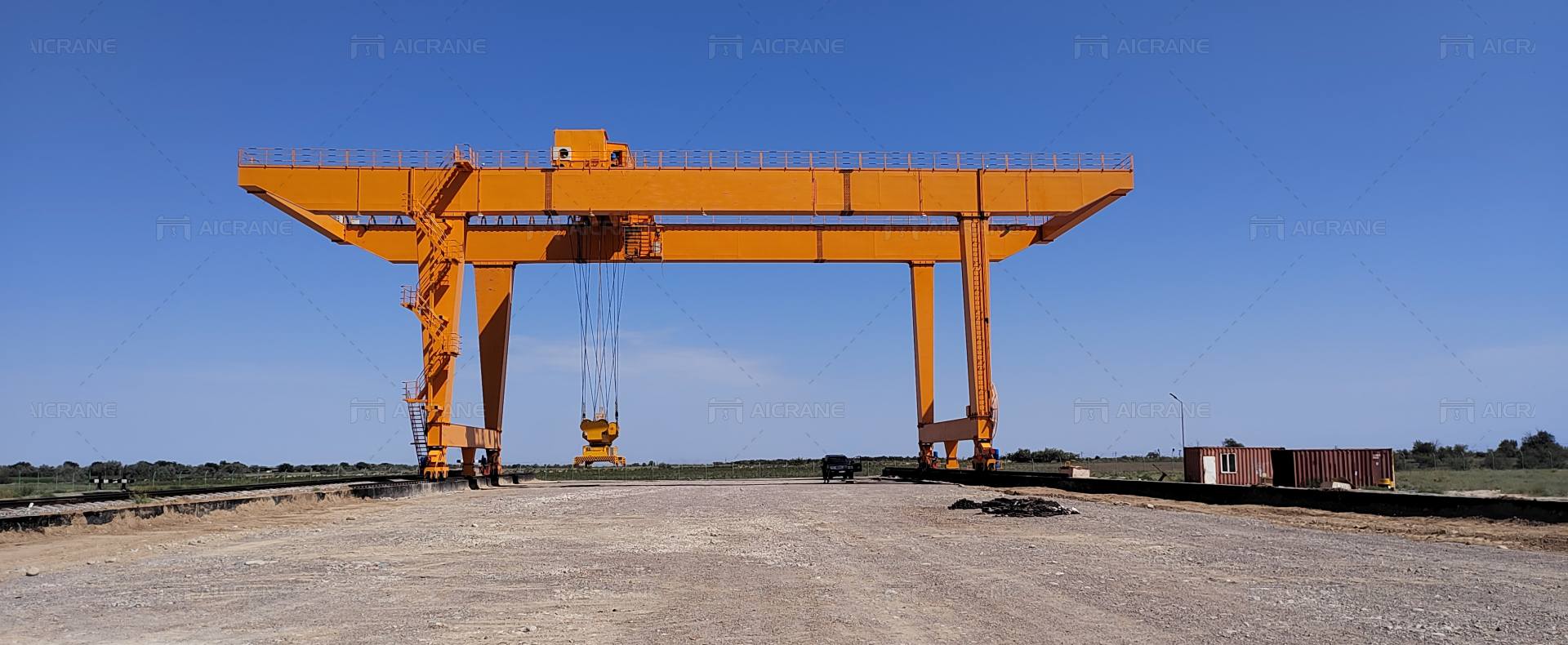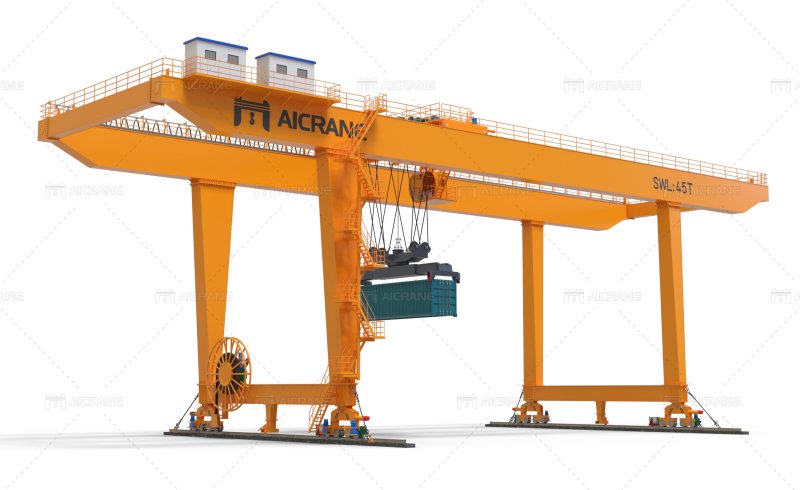Rail mounted cranes represent a pinnacle of precision handling in industrial settings. These specialized lifting machines offer a remarkable degree of versatility, combining the stability of rail-mounted systems with the lifting power of cranes. In this article, we delve into the multifaceted capabilities of rail mounted cranes, their applications across various industries, and the advantages they bring to material handling operations.
The Evolution of Rail Mounted Cranes
Rail mounted cranes have a rich history, evolving alongside advancements in transportation and manufacturing. Initially developed for railway maintenance and construction, these cranes have since found widespread use in diverse industrial applications. Early models were manually operated and had limited lifting capacities. However, technological advancements have led to the development of sophisticated rail mounted cranes equipped with hydraulic systems, advanced controls, and precision engineering.

Design Features and Components
Rail mounted cranes typically consist of a sturdy steel frame mounted on a set of rails, providing stability and mobility along designated tracks. The crane’s lifting mechanism may vary depending on the specific application, with options such as wire rope hoists, chain hoists, or hydraulic systems. The control system enables operators to maneuver the crane with precision, ensuring safe and efficient lifting operations. Additionally, modern rail mounted cranes are equipped with safety features such as overload protection and anti-collision systems, enhancing workplace safety.
Versatility in Industrial Applications
Rail mounted cranes find extensive use across a wide range of industries, thanks to their versatility and precision handling capabilities. In ports and terminals, these cranes play a crucial role in loading and unloading cargo from ships, providing a cost-effective and efficient solution for container handling. Their ability to traverse along rail tracks allows for flexible positioning, optimizing space utilization within busy port facilities.
In construction sites, rail mounted cranes are indispensable for lifting heavy materials such as steel beams, concrete panels, and machinery. The ability to move along designated tracks enables these container cranes to access various areas within construction sites, even in tight spaces where maneuvering room is limited. This versatility improves productivity and reduces the need for additional equipment, streamlining construction operations.
Rail mounted cranes also find applications in manufacturing facilities, where they are used for transporting raw materials, components, and finished products with precision and efficiency. By utilizing rail-mounted systems, these cranes can cover large distances within the facility, minimizing the time and effort required for material handling tasks. This results in improved workflow efficiency and reduced production downtime, ultimately leading to cost savings and enhanced competitiveness.

Advantages of Rail Mounted Cranes
The use of rail mounted cranes offers several advantages over traditional lifting methods. Their ability to travel along designated tracks provides a stable and controlled environment for lifting operations, reducing the risk of accidents and damage to valuable equipment. Additionally, rail mounted cranes offer greater flexibility in terms of positioning and maneuverability, allowing operators to access hard-to-reach areas with ease. Rail mounted cranes are always used outdoors, that is to say they are generally outdoor gantry cranes.
Furthermore, rail mounted cranes are highly adaptable to changing operational requirements, making them ideal for dynamic industrial environments. Their modular design allows for easy customization and integration with existing infrastructure, enabling companies to optimize their material handling processes according to specific needs. Moreover, the use of rail-mounted systems minimizes the impact on the surrounding environment, as they operate within designated pathways, reducing congestion and emissions.
Conclusion
In conclusion, rail mounted cranes represent a paradigm shift in precision handling, offering versatility, efficiency, and safety in industrial material handling operations. Their ability to traverse along designated tracks provides stability and control, making them indispensable assets in ports, construction sites, and manufacturing facilities. As technology continues to advance, rail mounted crane machines are poised to play an increasingly vital role in shaping the future of material handling, driving productivity and innovation across diverse industries.
